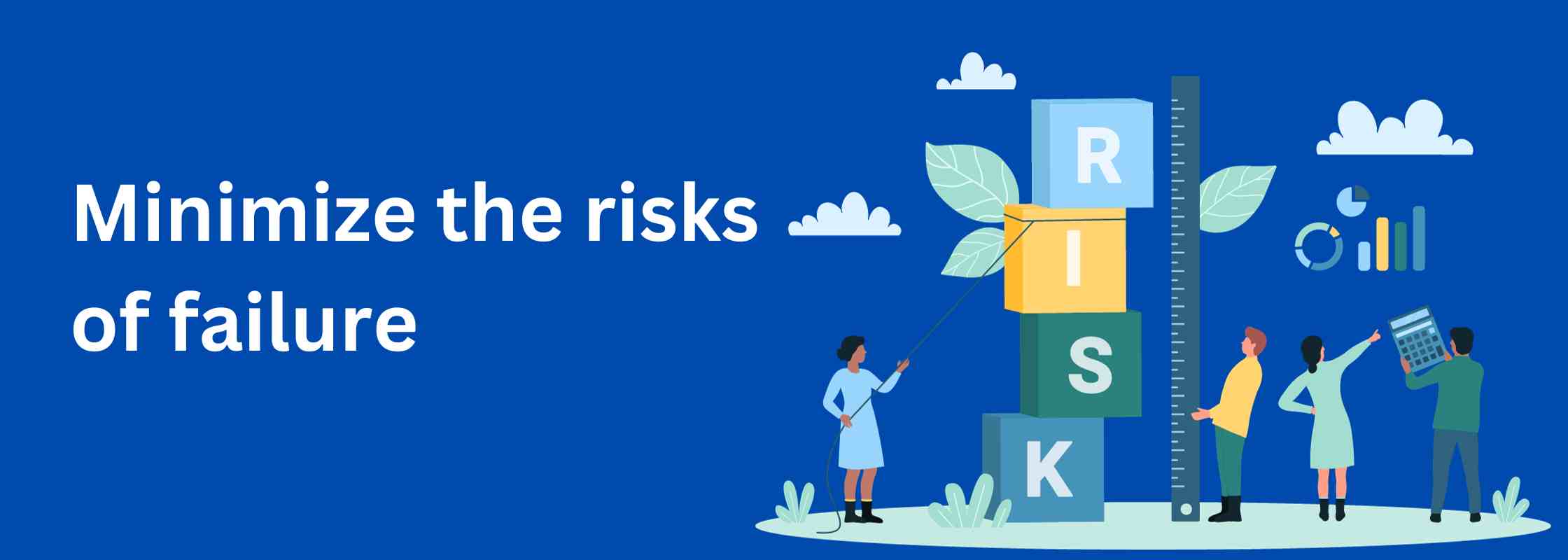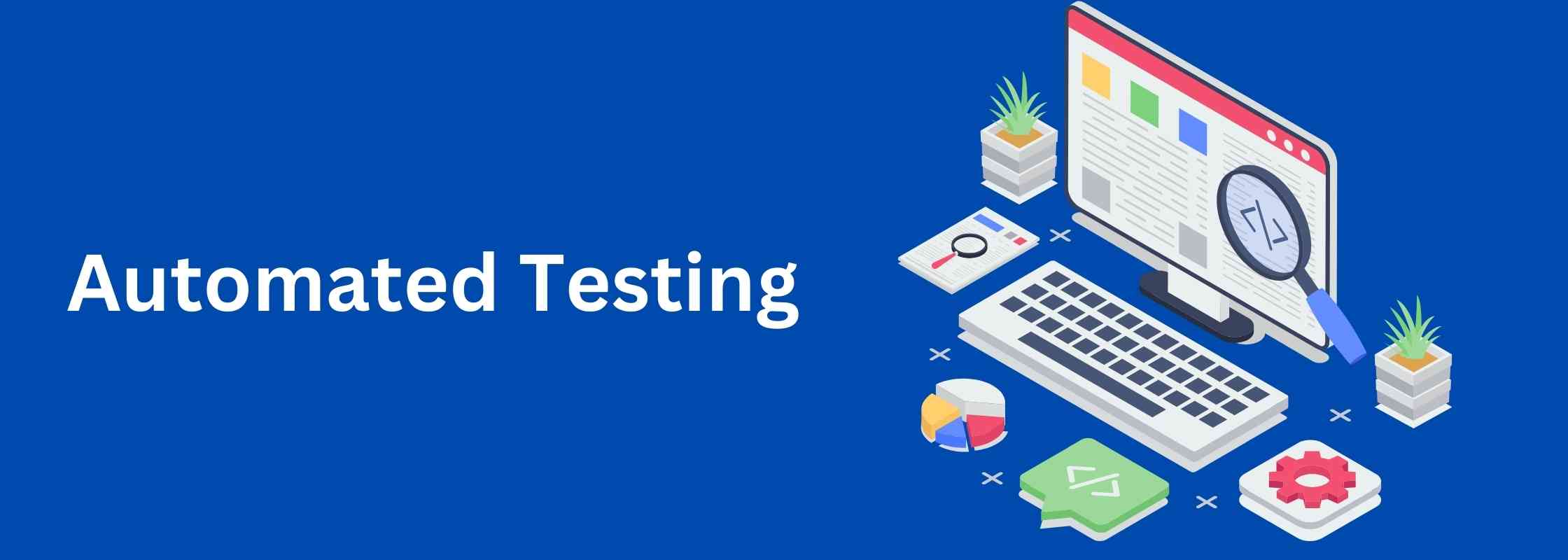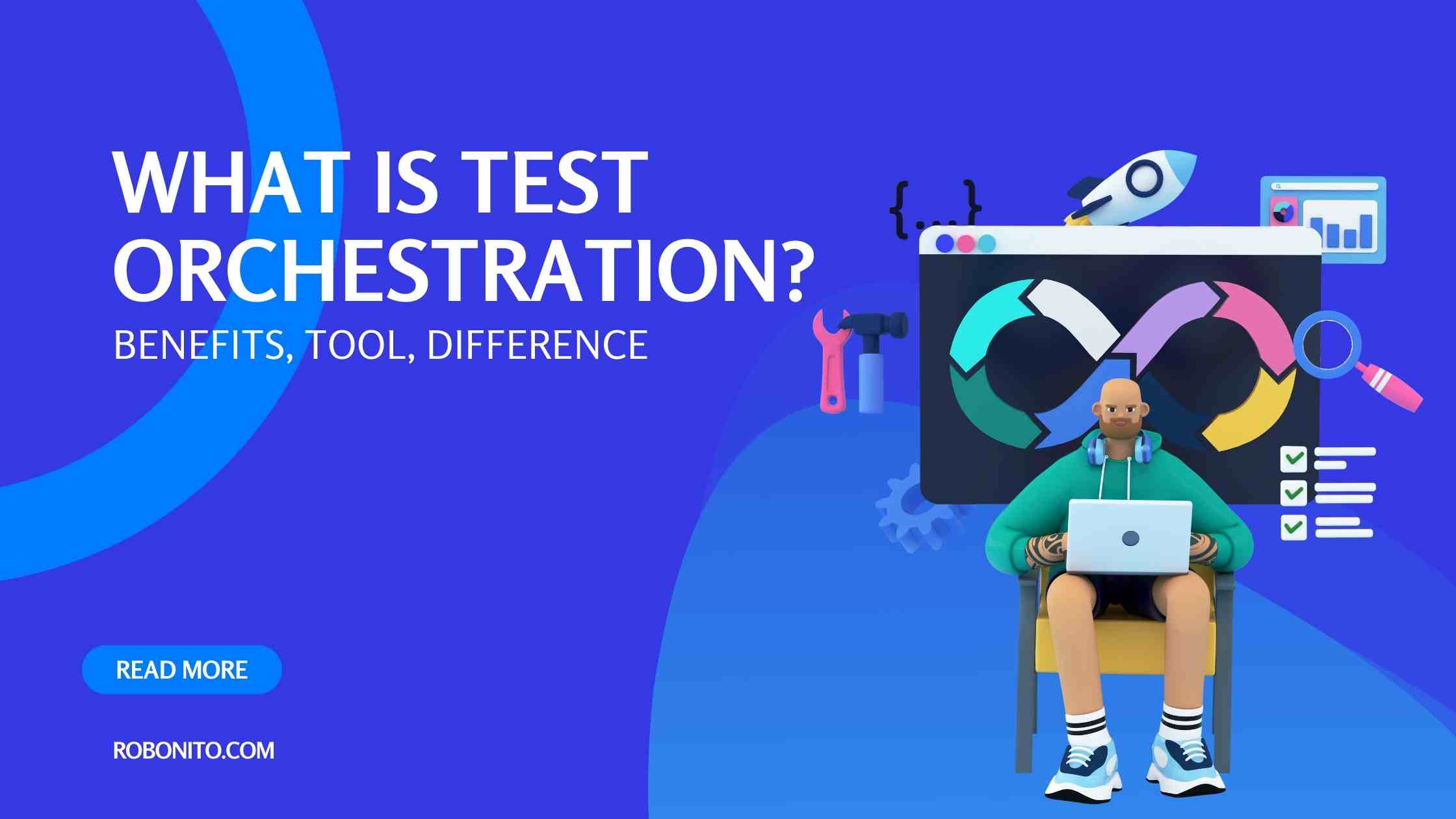Software development and testing are now essential parts of bringing people highquality products in the rapidly evolving digital landscape of today. Test orchestration stands out as a key role in ensuring the efficiency of the testing process among the many tools and methodologies available.
In this article, we'll explore what Test Orchestration is, its benefits, and why it's essential for modern development teams. We'll also provide insights into creating a Test Orchestration plan and the components that make a system effective.
What is Test Orchestration

Test Orchestration is a systematic approach to managing and automating the software testing process. It involves coordinating various testing activities, resources, and tools to achieve comprehensive and efficient testing. Test Orchestration goes beyond simple automation by providing a framework for organizing, executing, and analyzing tests.
Benefits of Test Orchestration

Fail early, fix easily
One of the key benefits of test orchestration is its ability to spot defects and issues in the early stages of development. Teams can solve problems more efficiently and cheaply by identifying them earlier.
Better automation coverage.

By ensuring that automated tests cover a wide range of scenarios, test orchestration increases test coverage and lowers the likelihood that crucial errors will go unnoticed.
Increased productivity.

The use of Test Orchestration technologies brings in a new era of productivity for testing teams. These solutions automate normal and repetitive processes, freeing testers from the chains of monotonous, manual work. With this newfound independence, testers can devote their energy and experience to the more complex and inventive parts of testing. This shift in focus allows them to investigate novel testing methodologies, create complicated test scenarios, and participate in creative problemsolving. As a result, overall productivity within the testing department has increased significantly, as well as enhancement in the depth and breadth of the testing process.
Faster builds.
Testing is accelerated and made more effective by test orchestration. In the competitive environment of software development, the acceleration of the development cycle ensures that companies can quickly adjust to shifting market demands and deliver their products ahead of schedule.
Smaller feedback loop.
The effectiveness of software development depends on the development and test team's ability to communicate effectively and provide timely feedback. Shortening the feedback loop between the development and testing teams through test orchestration enables more rapid iterations and advancements.
Minimize the risks of failure.

By thoroughly testing software with Test Orchestration, the likelihood of releasing buggy or flawed products is considerably decreased, safeguarding the organization's reputation and consumer trust. Test Orchestration ensures that every nook and cranny of the product is properly inspected by orchestrating extensive testing processes such as rigorous regression testing, performance testing, and security checks. This comprehensive assessment leaves no opportunity for undetected flaws or weaknesses.
Why Teams Need Test Orchestration
By incorporating orchestration into the software delivery process, delivery teams are given the ability to complete several testing iterations in remarkably short amounts of time while still achieving the desired levels of quality. The intricate focus of test orchestration is on the precise accuracy of three crucial aspects:
1. Automation at the Microscopic Level: This involves automating discrete test units, covering a range of assessments including unit tests, system tests, integration tests, functional tests, and performance evaluations, among others.
2. Data Conduits and Interplay: The orchestration carefully examines the orchestration and manipulation of data setups, connecting them together like a well-tuned symphony. It may involve, for example, the strategic use of integration test data configurations to load the performance test database, so orchestrating a melodious data symphony, or the flow of output data from unit tests as inputs to ensuing system tests.
3. Comprehensive Validation Spectrum: Test orchestration echoes the significance of rigorously validating test reports, celebrating both successes and failures. These reports, whether they come from the triumphant smoke tests that herald environment readiness or the lessons learned from the performance test reports that inform resource allocation, are crucial for enhancing the cadence of the orchestration.
Carefully enforcing the teardown of the data setup during the test initialization is crucial if test orchestration is to be able to perform the same test cycles repeatedly.
What is the Difference Between Test Automation and Test Orchestration?
Since Test Automation and Test Orchestration are frequently used interchangeably yet have different functions, it is necessary to make the distinction between the two clear.
Automated Testing

The process of automating individual test cases or scenarios is referred to as test automation. It concentrates on executing predetermined tests and checks. The automation of planned tests and validation processes is where it focuses the most. Despite its value in speeding up the testing process, test automation occasionally falls short in terms of comprehensive management and orchestration.
Test Orchestration
Contrarily, Test Orchestration incorporates Test Automation while also adding a level of organization, coordination, and analysis. It manages the entire testing process, from configuring the test environment and conducting tests to examining the results and producing detailed reports.
How to Create a Test Orchestration Plan
A critical step in attaining efficient and effective testing is developing a test orchestration plan. The main parts of this plan are broken down into the following list:
Determine the purpose and scope of your test orchestration plan:
It’s crucial to establish your plan’s goals and parameters before beginning any sort of testing. Recognize your goals and the specific areas or functionalities that will be tested.
Agree on what will be tested :
Collaboration is key. Make sure that everyone involved understands which components of your application will be tested. This agreement prevents misunderstandings and guarantees that no important concept is overlooked.
Choose the tools for testing :
Selecting the right testing tool is a crucial decision. It's important to align your tool choices in order to meet your testing needs. Think about things like the type of tests you will perform (functional, performance, security, etc.) and the technology you will be using.
Share and analyze the test results :
For continual improvement, effective communication and test data analysis are essential. Report the results of your testing to your group and stakeholders. Refine your testing plan by carefully analyzing the findings, identifying areas that need improvement, and using the newfound knowledge. By using an iterative method, you can be sure that your testing strategy will change as your project's requirements do.
What are the components of an effective test orchestration system?
To orchestrate a testing symphony, a well-crafted Test Orchestration system functions much like a perfectly tuned machine. Here, we dissect the key components that form the backbone of an effective Test Orchestration system:
Adaptive test scripts
Adaptive test scripts: These versatile scripts have the natural capacity to change together with the constantly shifting software environment. They adapt to changes in the application, maintaining test reliability and applicability. Automated code resiliency: Automated Code Resiliency: This feature automatically recovers from errors, acting as a watchful defender. By quickly identifying and fixing problems, it strengthens the system and improves test stability under pressure.
Continuous monitoring
It ensures on-the-spot surveillance over testing and applications, just as a careful sentinel never stops guarding. It quickly recognizes irregularities, enabling quick response and protecting against future interruptions.
End-to-end testing using test orchestration
This part coordinates evaluations across the whole application stack and is the foundation of thorough testing. In order to ensure a full examination, it includes integration points dependencies, and user scenarios.
Support for multiple orchestration mechanisms:
Here adaptability is key, allowing for a wide range of testing requirements and scenarios. This component adapts to different orchestration strategies, optimizing the testing procedure for each unique situation.
Automatic reordering of tests:
Adaptive test scripts possess the exceptional ability to adapt to changes within the software. These scripts harmonize with changing application elements to keep testing accurate and efficient even as the software undergoes alterations.
The Command Line Interface:
Powerful automation capabilities are offered by the Command Line Interface (CLI). Users may interact with the orchestration system via text, resulting in automated testing processes and hassle-free integration into CI/CD pipelines. Users may carry out testing operations, begin tests, and gain access to results via command-line instructions, making the testing process more proficient and less difficult. Automation's powerhouse lies within the CLI of Test Orchestration. For users, it offers a text-based interface, providing seamless automation in testing processes and easy integration. Through command-line commands, users are granted access to facilitate workflow testing and retrieve results.
Support for frameworks and languages:
Test Orchestration recognizes the importance of inclusivity. The component offers compatibility with a huge assortment of programming languages and testing frameworks. It allows developers to write tests in their preferred languages and utilize various testing tools with ease. Benefitting from Test Orchestration's orchestration capabilities while leveraging their existing skill sets, this compatibility fosters flexibility in teams.
Unification of logs:

A central repository storing all testing logs would be a debugging and troubleshooting treasure trove. Offers precisely what the Unification of Logs is. With a collection of logs from various trials, it eases problem-solving and identifying irregularities. Making issue resolution more accessible, a single window reveals the testing world.
Automatic Report Generation:
Creating detailed test reports can be laborious, but this component automates it. It is like having a skilled documentarian readily available. From these tests, thorough reports are created that cover metrics, test results, and any anomalies spotted. Both post-testing analysis and decision-making about software readiness for deployment benefit from these reports. Making it simpler to locate the information needed for efficient decision-making, Automatic Report Generation greatly benefits the software development process.
Conclusion:
As software development evolves, Test Orchestration assumes a pivotal role in shaping the future. Precision and finesse require the proper tools to tackle testing, and this blog has shown how to achieve them. With Test Orchestration, teams can accelerate their testing processes to reach exceptional product delivery. The true magic happens when you shift your focus from automation to orchestration—the precision and efficiency of test conducting become clearer than ever. If you fully understand the benefits, differentiate it from Test Automation, and identify its fundamental aspects, you are ready to unlock the full potential of Test Orchestration in your software initiatives. Your trusted partner in software development, consider Test Orchestration. Harness it and embrace the transformation for your development journey. Elevate your software testing by preparing for the next level of competition. Towards more efficient, reliable, and innovative software development, contact us today. Here marks the starting point of your software excellence journey
